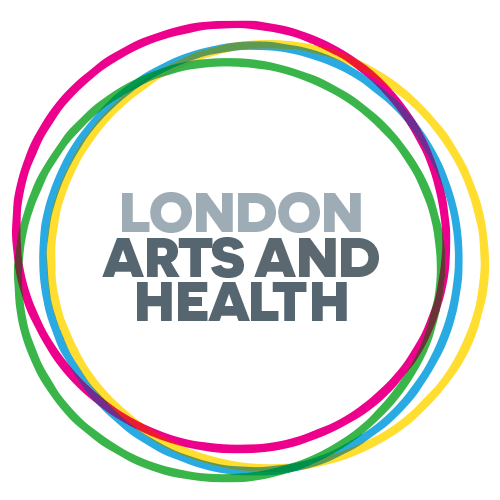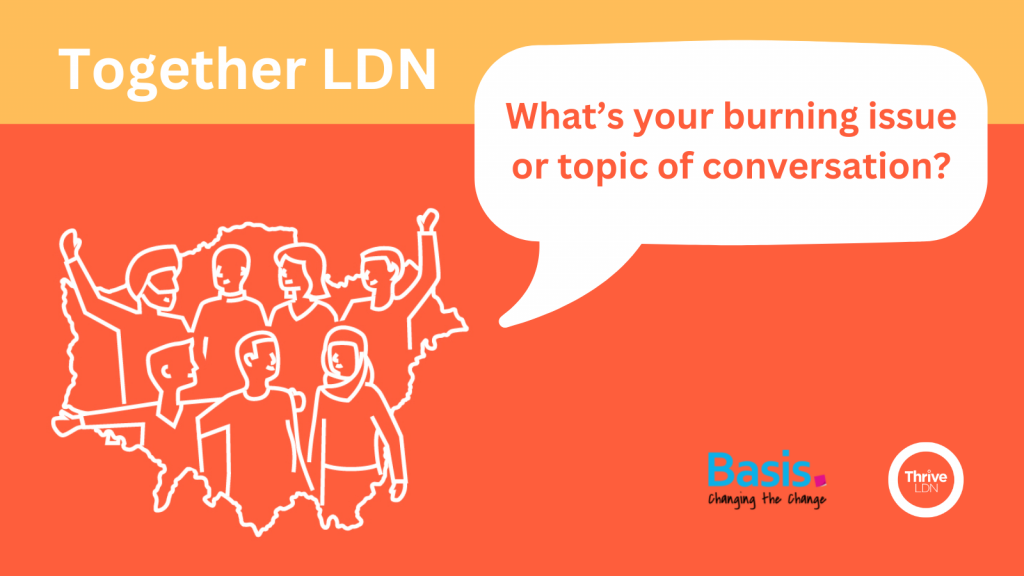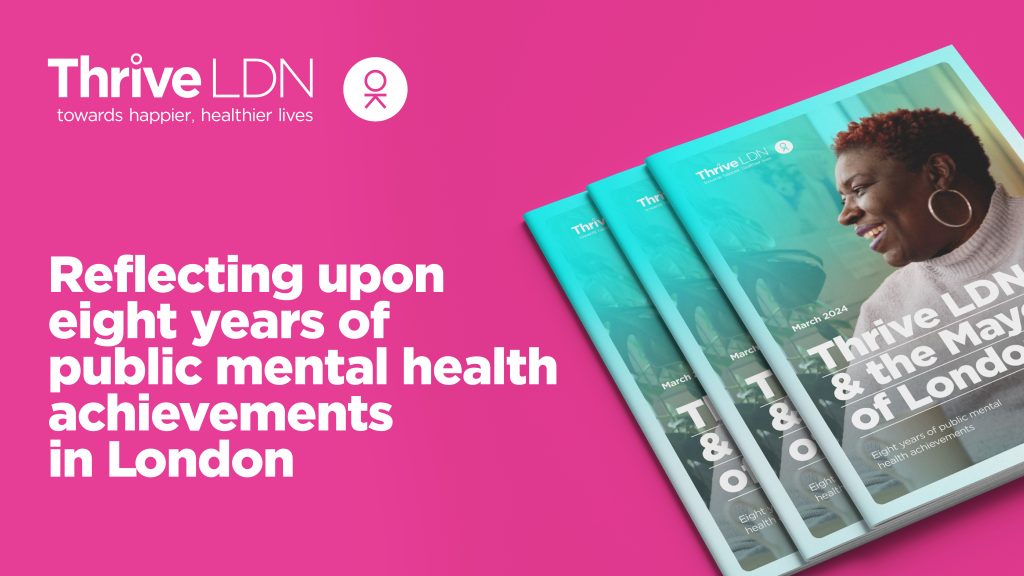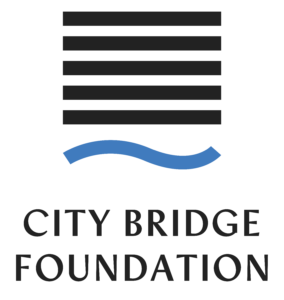“So much optimism for change and willingness to work together. Thank you!” “[The event]…

Mining Spirit of 2012’s case studies: learnings about creativity and wellbeing
The value of case study evidence
Project case studies are often overlooked in academic research or programme evaluations, despite the fact that they contain valuable insights from the people who designed or delivered an activity. They are a quick and proportionate way to share learning from real-world activities and delivery, and can present complex findings in an accessible way.
Case studies come in a variety of formats, shapes and sizes but are the most valuable and informative when they include a ‘thick description’. This refers to when explanations go beyond the facts of what happened, and also include context, interpretation and meaning.
The usually untapped strength of case studies lies in what they tell us when we look at them as a body of evidence, and explore common and contrasting themes. Synthesising a set of case studies can draw out the processes and activities that work in real-life settings, providing transferable learning on project development, adaptation, implementation and learning.
For Spirit’s projects, wellbeing has also provided a way to track and compare activities and approaches, as funded projects are asked to measure wellbeing using the ONS4 measures at the start and end of participant journeys. This consistency has allowed for cross-cutting analysis of Spirit’s impact on wellbeing across different projects over time. But the contexts and mechanisms through which different projects achieved wellbeing outcomes are often hidden. Our analysis looked to draw out these insights.
What we did
We looked at a set of ten creative projects funded by Spirit between 2015 and 2023, in England, Scotland and Wales. Activities included making music, creative writing, dance, film-making, singing, making art and crafts.
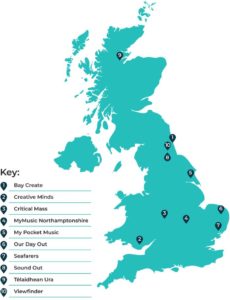
They targeted people who were at risk of low wellbeing and chronic loneliness, including carers, disabled people, and people with mental or physical health conditions.
The projects set out to deliver improvements in wellbeing and other outcomes, such as reducing isolation, improving confidence, and increasing participation in arts. We wanted to know which contexts and mechanisms were associated with these outcomes in these creative projects, so we could identify the pathways which could lead to wellbeing.
Using evidence from project evaluation and monitoring reports, we built a rich picture of carefully designed interventions which used inclusive approaches to give creative opportunities to people to support their wellbeing.
We used an adapted version of A guide to synthesising case study evidence (2021), and the conceptual framework developed for our Scoping review on creativity and wellbeing (2024) to inform our analysis.
Key findings
- All projects reported improvements in wellbeing, but many had challenges in using quantitative measures.
- The projects reported positive mood and emotions, increased confidence and self-esteem, and reduced loneliness among other outcomes.
- There were eight creative pathways to wellbeing – the combination of contexts and mechanisms that made a difference.
- The case studies contained ‘thick’ description and practice expertise which provided new insights into existing evidence on creativity and wellbeing.
- The synthesis approach is a valuable method to draw together learnings from practice which would otherwise be hidden. This requires comparable, structured and rich case study data.
It became clear when we looked across the body of case studies that there were eight distinct pathways to wellbeing:
Relational pathways:
1. Skilled and supportive facilitation 2. Social environment and contact 3. Exhibiting and performing
Personal pathways:
4. Learning creative skills 5. Participant empowerment 6. Meaning, escape, distraction and stress relief 7. Feeling challenged 8. Physical movement and exercise
The synthesis approach allowed us to identify these multiple pathways to wellbeing and demonstrate the complex way in which the ten projects created benefit.
The project evidence suggests that some of the personal pathways to wellbeing may be particularly relevant to specific groups.
For example:
- Meaning, escape, distraction and stress-relief were discussed in relation to those with caring responsibilities and those with mental health difficulties.
- High levels of physical challenge leading to pride, increased confidence and aspirations in the context of dance projects were discussed in relation to physically or learning disabled participants.
